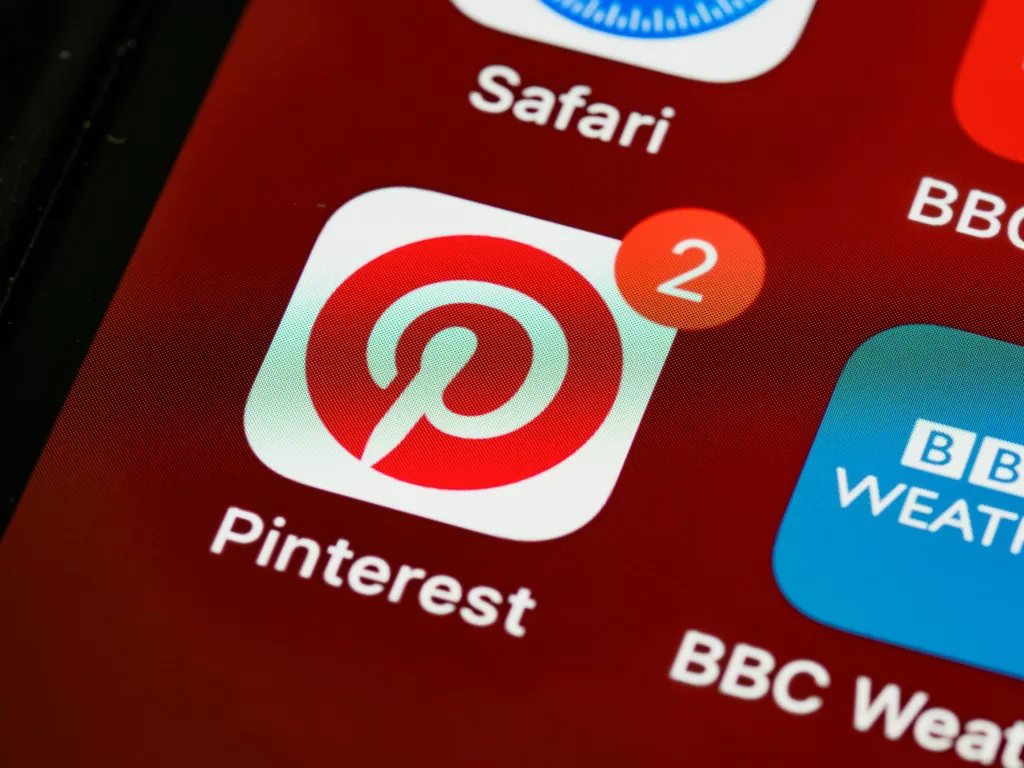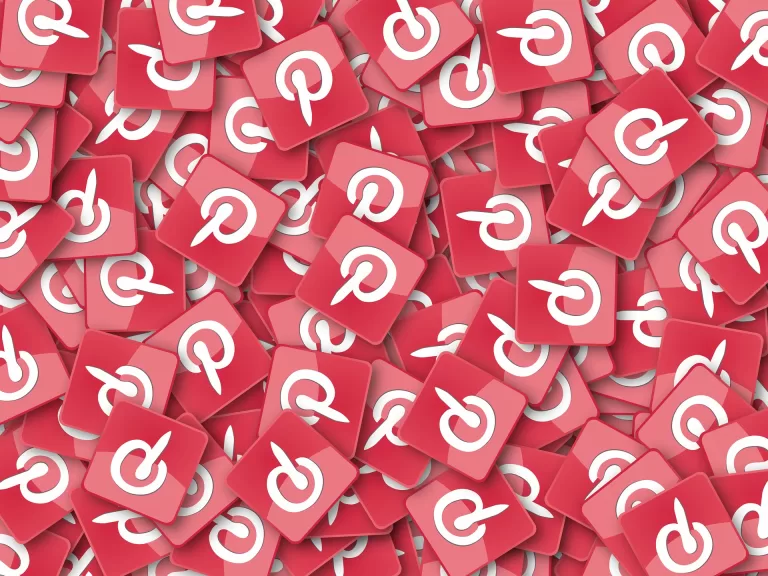Everything You Need to Know About Pinterest Affiliate Marketing
Affiliate marketing has long been recognized as a lucrative avenue for content creators and marketers.
One platform that continues to shine in this space is Pinterest. With its visual-centric interface and highly engaged user base, Pinterest offers a unique opportunity to drive substantial affiliate earnings.
The appeal of Pinterest lies in its ability to connect users with visually appealing content that sparks inspiration and discovery. This makes it an ideal platform for sharing affiliate links that seamlessly integrate with users’ interests and browsing habits.
Moreover, Pinterest’s robust search functionality and algorithm-driven recommendations help ensure that content reaches the right audience, further boosting the potential for conversions. Marketers can leverage this by creating captivating pins that not only attract attention but also encourage clicks and purchases.
Additionally, Pinterest provides valuable analytics tools that allow marketers to track performance and optimize their strategies. By understanding which pins resonate most with their audience, creators can fine-tune their approach to maximize affiliate revenue.
Furthermore, the platform’s collaborative nature makes it easy for users to share and save content, increasing the chances of affiliate links being seen by a broader audience. This viral potential is a significant advantage for those looking to grow their affiliate marketing efforts.
In summary, Pinterest remains a powerful platform for affiliate marketing, offering content creators and marketers an effective way to generate substantial earnings through visually engaging and highly shareable content.
Introduction to Pinterest Affiliate Marketing

Pinterest affiliate marketing involves promoting products or services on Pinterest through affiliate links, earning a commission for every sale generated.
Unlike other platforms, Pinterest’s design encourages users to discover new content, making it an ideal setting for affiliate marketing.
Pinterest operates as a visual discovery engine, allowing users to save and share ideas on boards tailored to their interests. This unique setup means that your affiliate links can reach a highly engaged audience actively searching for inspiration and solutions.
Whether you’re pinning products directly or sharing content that leads to affiliate offers, Pinterest provides numerous ways to turn your pins into profits.
One effective strategy is to create visually appealing pins that highlight the benefits of the products or services you’re promoting. High-quality images, catchy headlines, and clear calls to action can significantly increase the chances of users clicking on your affiliate links.
Additionally, optimizing your pins with relevant keywords and hashtags can enhance their visibility, helping them reach a broader audience.
Another approach is to leverage Pinterest’s native advertising features, such as Promoted Pins, to boost the reach of your affiliate content. This can be particularly useful for targeting specific demographics and increasing the potential for higher conversions.
By consistently pinning valuable content and chatting with your audience, you can build a loyal following and boost your affiliate marketing success on Pinterest. Overall, Pinterest affiliate marketing is a unique and effective way to make money online while providing value to your followers.
Benefits of Using Pinterest for Affiliate Marketing
Pinterest holds several advantages for affiliate marketers:
- High Engagement: Pinterest users actively seek out ideas and inspiration, resulting in higher engagement rates compared to other social media platforms.
Pinterest is unique in that its users are often in a discovery mindset, looking for new concepts, products, and solutions. This leads to more meaningful interactions and a greater likelihood of users engaging with pins that lead to affiliate links. As a result, marketers can see better ROI from their efforts on Pinterest.
- Longevity of Pins: Unlike the fleeting nature of posts on other social networks, pins have a longer lifespan, continually driving traffic to your affiliate offers over time.
A single pin can continue to bring in traffic for months, even years, after it has been posted. This longevity means that your content has a longer shelf life and can provide sustained results, making Pinterest a valuable long-term investment for affiliate marketers.
- Visual Appeal: The platform’s visual nature is perfect for showcasing products, making it easier to capture attention and drive clicks.
Pinterest’s emphasis on high-quality images and visually appealing content aligns well with the needs of affiliate marketing. A well-designed pin can stand out in a user’s feed, enticing them to click through to learn more about the product or service being promoted. This visual appeal can significantly boost click-through rates and conversions.
By taking advantage of these benefits, affiliate marketers can really amp up their reach and effectiveness on Pinterest, making it a powerful tool for driving sales and growing their business.
How to Get Started
- Create a Business Account: Start by setting up a Pinterest business account to access analytics and advertising features.
A business account not only provides valuable insights into your audience’s behavior but also allows for paid promotions to reach a wider audience.
- Optimize Your Profile: Ensure your profile reflects your brand and niche.
Use a professional profile picture and a compelling bio.
Your bio should clearly state what your account is about and how users can benefit from following you.
- Join Affiliate Programs: Sign up for affiliate programs relevant to your niche.
Popular options include Amazon Associates, ShareASale, and CJ Affiliate.
Research and choose programs that offer products or services your audience will find valuable.
- Create Boards: Organize your pins into boards that align with your niche.
This makes it easy for users to find and engage with your content.
Each board should have a clear title and description that includes relevant keywords to improve discoverability.
- Pin Consistently: Regularly add new pins to keep your profile active.
Engagement tends to increase with consistent activity, and fresh content will attract more followers.
- Analyze and Adjust: Use Pinterest analytics to monitor your performance.
Identify which pins and boards are most popular and adjust your strategy accordingly.
This will help you optimize your efforts for maximum affiliate revenue.
Follow these steps, and you can easily use Pinterest for affiliate marketing to create a steady stream of income.
Best Practices for Pin Creation and Board Optimization
Creating eye-catching pins and optimizing your boards are crucial for success on Pinterest:
- Design High-Quality Pins: Use tools like Canva to design visually appealing pins. Include clear, descriptive text overlays that complement the imagery and ensure they are vertically oriented (2:3 aspect ratio works best). High-quality visuals stand out in users’ feeds, increasing the chances of clicks and saves. Experiment with different color schemes and fonts to see what resonates best with your audience.
- Use Keywords: Incorporate relevant keywords in your pin descriptions and board titles to improve discoverability. Keywords such as “Pinterest marketing tools” and “Pinterest affiliate marketing benefits” can help drive organic traffic. Think like your audience and use terms they would search for. Utilize Pinterest’s search bar for keyword suggestions and trends to stay updated. This strategic approach ensures your content reaches the right people.
- Engage with Your Audience: Regularly interact with your followers by responding to comments and pinning user-generated content. This builds a loyal community and encourages more engagement. Showing appreciation for your audience’s contributions fosters a sense of belonging. Host Q&A sessions or polls to create interactive experiences. Engagement not only boosts your profile’s visibility but also strengthens the bond with your followers, turning them into advocates for your brand.
By consistently applying these strategies, you can effectively grow your presence on Pinterest and achieve your marketing goals.
Strategies to Increase Affiliate Sales on Pinterest

To maximize your affiliate sales on Pinterest, consider these strategies:
- Create Rich Pins: These provide more context about the pin by showing additional information directly on the pin itself. This can include product details, pricing, and availability, making it easier for users to make a purchase.
Rich Pins automatically sync information from your website to your pins, ensuring that the data displayed is always up-to-date. This added layer of detail can significantly boost user engagement and improve conversion rates.
- Leverage Seasonal Trends: Align your pins with seasonal trends and holidays to capitalize on increased search activity during these periods.
People often turn to Pinterest for inspiration around special occasions, so curating content that fits these themes can attract more viewers. For example, create pins for holiday gift guides, summer essentials, or back-to-school supplies depending on the time of year.
- Promote Pins: Use Pinterest’s advertising features to promote your top-performing pins, increasing their visibility and driving more clicks to your affiliate links.
Promoted pins can target specific audiences based on their interests and behaviors, ensuring that your content reaches the most relevant users. By investing in promoted pins, you can amplify your reach and boost affiliate sales more effectively.
Tools and Resources for Pinterest Affiliate Marketers
Several tools and resources can enhance your Pinterest affiliate marketing efforts:
- Tailwind: An essential tool for scheduling pins, analyzing performance, and discovering content. Tailwind helps you automate your pinning schedule, ensuring that your content reaches your audience at the optimal times. It also offers insights into which pins are performing well and where there’s room for improvement.
- Canva: A user-friendly design tool to create professional-looking pins. Canva offers a wide range of templates, images, and fonts, making it easy for anyone, regardless of design experience, to create eye-catching pins. This tool ensures that your pins are visually appealing and stand out in the crowded Pinterest feed.
- Pinterest Analytics: Utilize Pinterest’s built-in analytics to track the performance of your pins and boards, helping you refine your strategy. By understanding which pins and boards drive the most traffic and engagement, you can focus your efforts on what works best, optimizing your affiliate marketing campaigns for better results.
Real-life Examples of Successful Pinterest Affiliate Marketing
To illustrate the potential of Pinterest affiliate marketing, let’s explore a few success stories:
- Case Study 1: A lifestyle blogger used Pinterest to share DIY projects featuring affiliate products. By consistently posting high-quality pins, engaging with followers, and utilizing Pinterest’s analytics to track performance and refine their strategy, they saw a 200% increase in affiliate sales within six months. This success was further amplified by creating visually appealing graphics, participating in group boards, and staying updated with Pinterest trends.
- Case Study 2: A fashion influencer created a series of boards showcasing seasonal outfits. By strategically using keywords, rich pins, and collaborating with other influencers for cross-promotion, they achieved a significant boost in both traffic and affiliate commissions. Additionally, the influencer held Pinterest contests, encouraged user-generated content, and regularly updated their boards to keep their audience engaged and coming back for more.
These case studies show just how powerful a good Pinterest affiliate marketing strategy can be. By focusing on quality content, engagement, and always looking to improve, you can achieve some pretty impressive results and boost your affiliate earnings.
Conclusion and Next Steps for Implementing Pinterest Affiliate Marketing
Pinterest affiliate marketing offers a unique blend of visual appeal and high user engagement, making it an excellent platform for driving affiliate sales. By understanding the basics, optimizing your pins and boards, and employing effective strategies, you can unlock the full potential of Pinterest for your affiliate marketing efforts.
For more in-depth strategies and insights on Pinterest affiliate marketing, read my comprehensive guide, “Pinterest Affiliate Marketing – The Complete Roadmap to Profitable Results!”, Learn how to turn your pins into profit and maximize your affiliate marketing success on Pinterest. Don’t miss out on the opportunity to boost your online sales. Start implementing these tips today and watch your affiliate earnings soar.
About Lax
Hi, my name is Lax, I’m a Growth Marketer and Digital Marketing Consultant.







